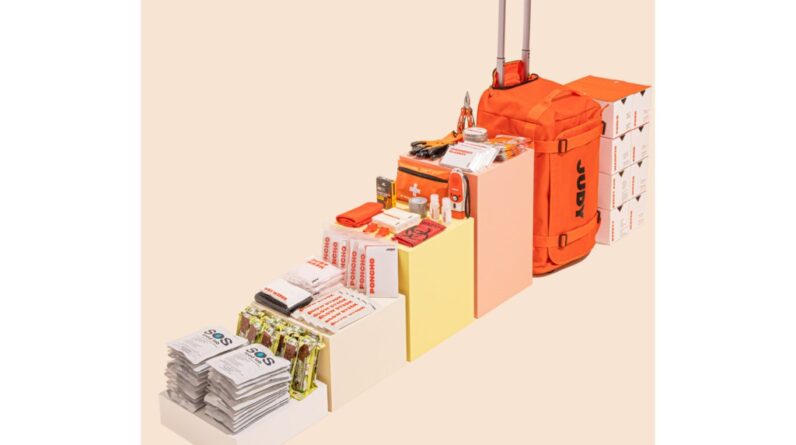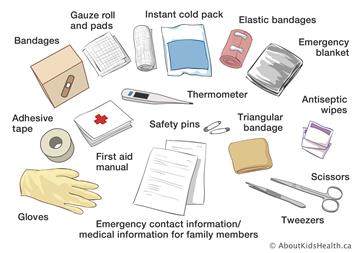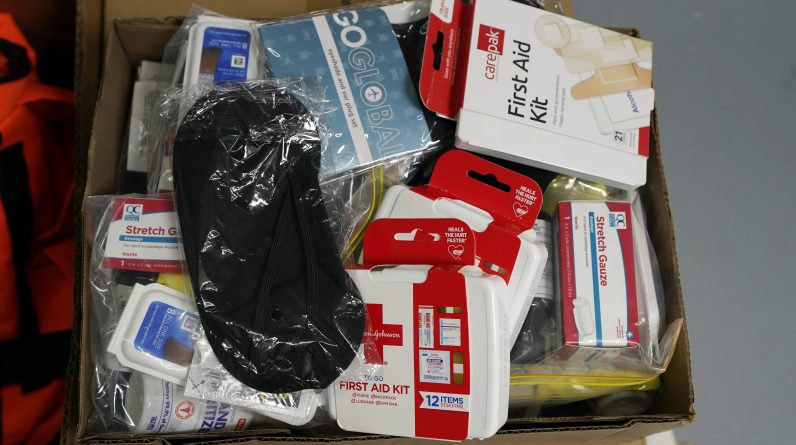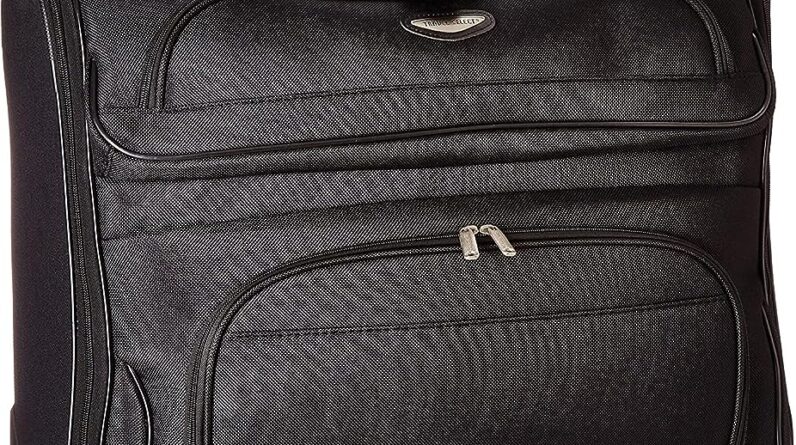
In the face of uncertain times, it’s essential to be prepared for any emergency that may come your way. One crucial element of your preparedness strategy is your emergency kit. But here’s the dilemma: how do you navigate the tricky decision of choosing the optimal size and weight for your kit, particularly if you’re constantly on the go? Whether you’re an outdoor adventurer or a busy city dweller, this article will provide you with valuable insights and practical tips to ensure that your emergency kit is both portable and packed with all the essentials you need to stay safe and secure.
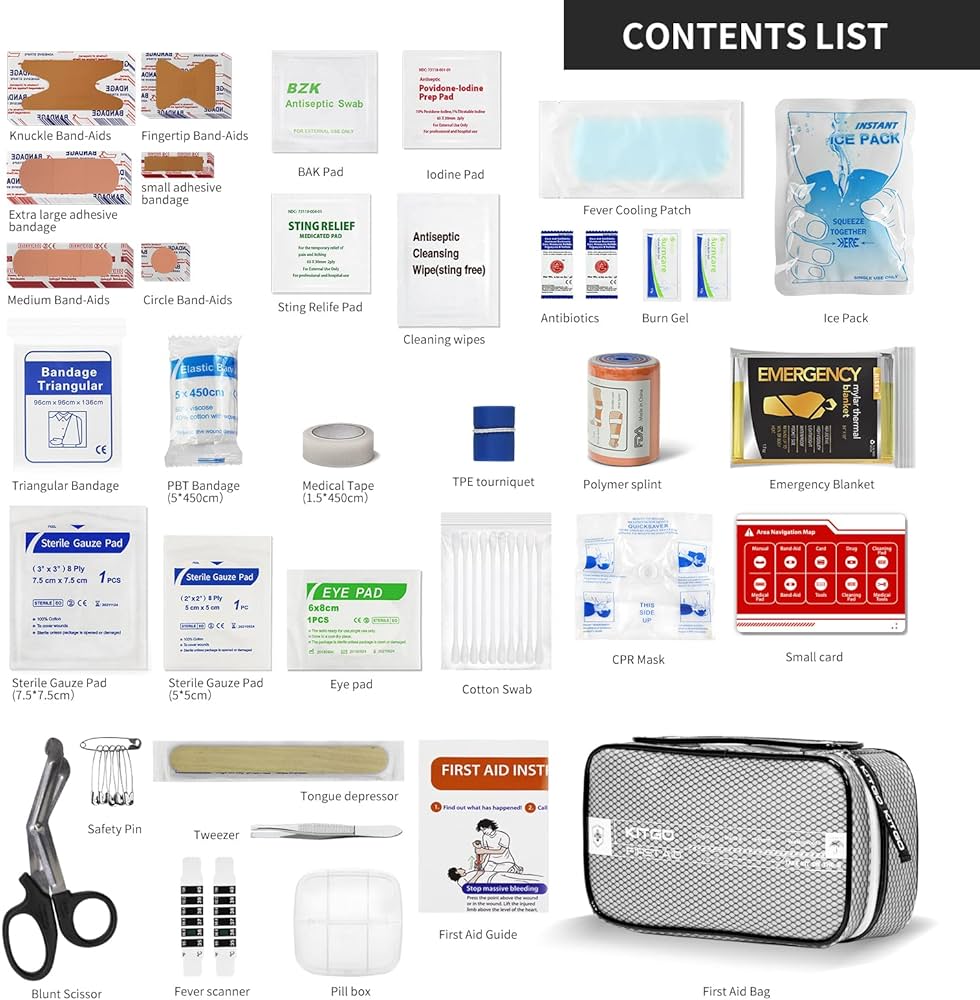
This image is property of Amazon.com.
Factors to Consider
When it comes to choosing the right size and weight for your emergency kit, there are several factors that you should consider. These factors will help you determine the optimal size and weight that will meet your specific needs in various emergency scenarios. By taking the time to analyze these factors, you can be better prepared to navigate the dilemma and choose the best emergency kit for you.
Location and Scenario
The first factor to consider when determining the size and weight of your emergency kit is the location and scenario in which it will be used. Are you planning for emergencies in an urban or rural setting? The specific location will impact the availability of resources and the potential hazards you may encounter. For example, in urban areas, you may have easier access to medical facilities and food sources, while rural areas may have limited resources. Additionally, consider the climate and weather conditions of your region, as this will influence the type of gear and supplies you need. Finally, think about potential hazards in your area, such as earthquakes, floods, or severe storms, and tailor your emergency kit accordingly.
Expected Duration
The expected duration of a potential emergency is another crucial factor in determining the size and weight of your emergency kit. Are you preparing for short-term, medium-term, or long-term emergencies? Short-term emergencies typically last for a few days, while medium-term emergencies can last for several weeks, and long-term emergencies may extend to months or even longer. The longer the expected duration, the more supplies and provisions you will need to include in your kit. Consider the potential length of time you may be without access to essentials like food, water, and medical care and prepare accordingly.
Individual Needs
Every individual has unique needs that should be considered when selecting the size and weight of an emergency kit. Firstly, determine the number of individuals for whom the kit is intended. Do you need to prepare for just yourself or for a larger family or group? Secondly, consider the age and health conditions of the individuals. Older adults, children, and individuals with specific health conditions may have additional requirements for their emergency kits. Special dietary requirements, such as allergies or dietary restrictions, should also be taken into account. Additionally, if anyone in your group requires medication or medical equipment, be sure to include these items in your emergency kit.
Physical Abilities
Your physical abilities should also play a role in determining the size and weight of your emergency kit. Consider your carrying capacity, strength, and endurance. Can you comfortably carry a heavy backpack or would a smaller and lighter kit be more suitable for your capabilities? If you have mobility constraints, such as using a wheelchair or walker, you may need to adapt your emergency kit to accommodate your specific needs. It is crucial to choose a kit that you can realistically handle, especially in high-stress situations where physical exertion may be necessary.
Transportation Options
Another factor to consider is the transportation options available to you during an emergency. The mode of transportation you plan to use will greatly impact the size and weight of your kit. If you have access to a vehicle, you may be able to carry a larger and heavier emergency kit. On the other hand, if you plan to rely on walking or public transportation, it is important to choose a kit that is lightweight and portable. Consider the limitations of each transportation option and select a kit that suits your specific circumstances.

This image is property of Amazon.com.
Essential Items
Now that we have considered the various factors that influence the size and weight of your emergency kit, let’s delve into the essential items that should be included. These items are crucial for meeting your basic needs and ensuring your safety and well-being during an emergency situation.
Food and Water
One of the most critical components of any emergency kit is an ample supply of food and water. Select non-perishable food items that provide a balance of nutrients and can be easily prepared. Canned foods, energy bars, and dehydrated meals are excellent options. Ensure that you have enough water to last for the duration of the emergency. The general rule of thumb is to have at least one gallon of water per person, per day. Don’t forget to include water purification tablets or a water filter in case you need to obtain water from natural sources.
First Aid Supplies
A comprehensive first aid kit is essential for addressing any injuries or medical emergencies that may arise during an emergency. Include items such as bandages, antiseptic solutions, medications for pain relief or allergies, and any specific medical supplies needed for individuals with pre-existing conditions. It is also advisable to include a first aid guide or manual to assist you in administering basic medical care.
Emergency Shelter
In certain emergencies, you may need temporary shelter to protect yourself from the elements. Include items like a tent, sleeping bags, emergency blankets, or tarps in your kit. These items should be lightweight and easy to set up, ensuring that you can quickly establish a safe and comfortable shelter wherever you find yourself.
Communication
Maintaining communication with the outside world is crucial during emergencies. Include a portable, battery-powered or hand-cranked radio to stay informed about developments and receive important updates. A fully charged cell phone or a battery pack can also be included, but remember to pack charging cables suitable for your device. Additionally, consider including a whistle or other signaling device to attract attention if needed.
Safety and Survival
Your emergency kit should also contain items that enhance your safety and survival. These may include a flashlight with extra batteries, a multi-tool, a fire starter, waterproof matches, a compass, a whistle, and a signal mirror. These tools can help in a variety of situations, from providing light during power outages to helping you navigate through unfamiliar terrain.
Personal Hygiene
Maintaining personal hygiene during emergencies is essential for your health and well-being. Include items such as toilet paper, wet wipes, hand sanitizer, soap, toothbrushes, and toothpaste. It’s also a good idea to include feminine hygiene products and any other personal care items that you may require.
Important Documents and Cash
Finally, ensure that your emergency kit includes copies of important documents such as identification, insurance policies, contact information, and any other pertinent paperwork. It is also advisable to include some cash or traveler’s checks, as electronic payment systems may be inaccessible during emergencies.
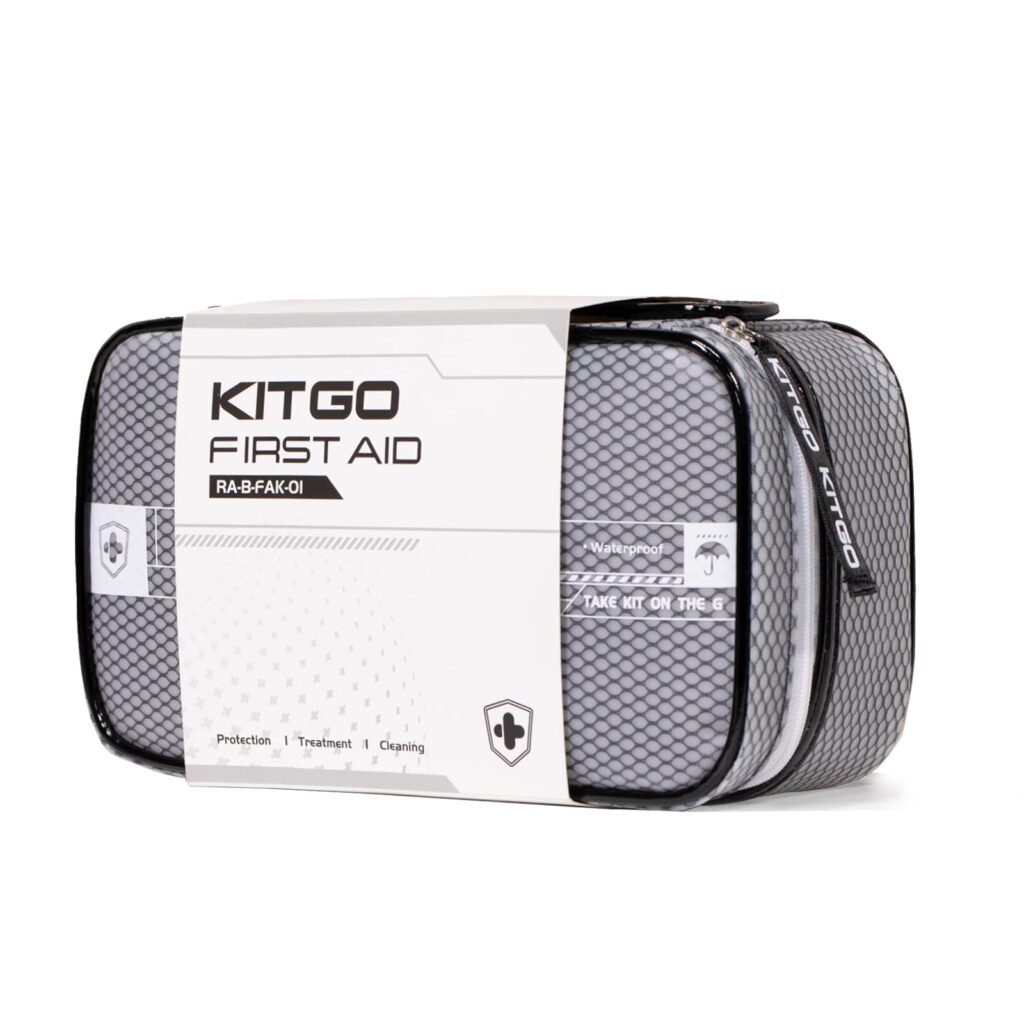
This image is property of Amazon.com.
Considerations for Size
When it comes to the size of your emergency kit, there are several considerations to keep in mind to ensure its practicality and effectiveness.
Portability
In most cases, it is advisable to choose a kit that is lightweight and portable. You may need to move quickly or cover long distances, and a heavy or cumbersome kit can hinder your ability to do so effectively. Opt for compact and lightweight items whenever possible.
Storage Space
On the other hand, while portability is important, you also need to consider the storage space available to you. Ensure that your emergency kit can be easily stored in a designated location in your home or vehicle, and that it fits comfortably in the space you have allocated for it. Consider using storage containers or bags that maximize the use of available space and allow for easy access to items when needed.
Ease of Accessibility
During emergencies, quick and easy access to necessary items can be essential. Consider organizing your emergency kit in a logical manner, with frequently used items easily accessible. This will help you locate items efficiently and minimize stress during high-pressure situations.

This image is property of Amazon.com.
Considerations for Weight
While portability is important, the weight of your emergency kit should also be taken into consideration to ensure that you can comfortably lift, carry, and transport it as needed.
Carrying and Lifting Abilities
Assess your own carrying and lifting abilities realistically. Determine the maximum weight you can comfortably carry for an extended period, bearing in mind that you may also be carrying other essential items or supporting others in your group.
Physical Exertion Levels
Consider the physical exertion that may be required during emergencies. If you anticipate having to move quickly or engage in physically demanding tasks, it may be wise to opt for a lighter emergency kit to minimize fatigue and maximize your efficiency.
Duration of Carrying
Think about how long you may need to carry your emergency kit. If you anticipate a long duration, a lighter kit will be easier to carry over extended distances or periods.
Distribution of Weight
When packing your emergency kit, distribute the weight evenly to ensure balance and prevent strain on your body. Consider using a backpack with compartments or packing cubes to separate and distribute the weight effectively.
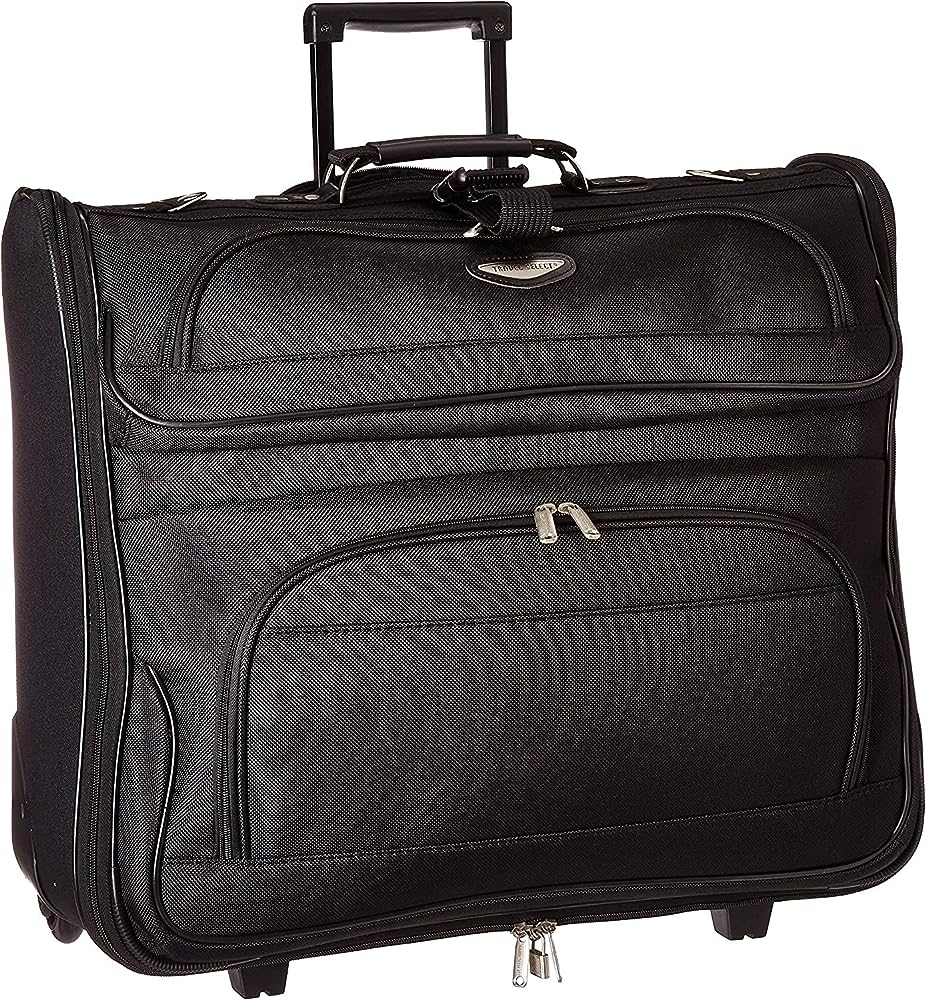
This image is property of Amazon.com.
Regular Evaluation and Adjustments
Once you have selected the size and weight of your emergency kit, it is important to regularly evaluate and make adjustments as needed. Emergency preparedness is an ongoing process, and your needs may change over time.
Periodic Review
Set a schedule to review the contents of your emergency kit on a regular basis. Check expiration dates on food, medications, and batteries, and replace items as necessary. Ensure that your kit still meets your specific needs and make any adjustments based on changes to your individual circumstances.
Seasonal Adjustments
Consider making seasonal adjustments to your emergency kit. For example, in winter, you may need to include additional warm clothing, extra blankets, or hand warmers. In summer, you may want to pack sunscreen, insect repellent, and lightweight clothing suitable for hot weather.
Individual Changes
Individual circumstances may change, and it is important to update your emergency kit accordingly. If there are changes in your family composition, health conditions, or dietary requirements, make the necessary adjustments to ensure that your emergency kit remains tailored to your specific needs.
Technology Advancements
Continuously monitor technology advancements and updates in emergency preparedness. New tools, gadgets, and equipment may become available that can enhance your emergency kit. Stay informed about the latest developments and consider integrating new technology into your emergency plan if it aligns with your needs and budget.
By carefully considering the factors mentioned above and making thoughtful choices, you can create an emergency kit that is the optimal size and weight for your specific needs. Remember, being prepared is key, and having a well-suited emergency kit can bring you peace of mind and improve your ability to navigate through emergencies successfully.

